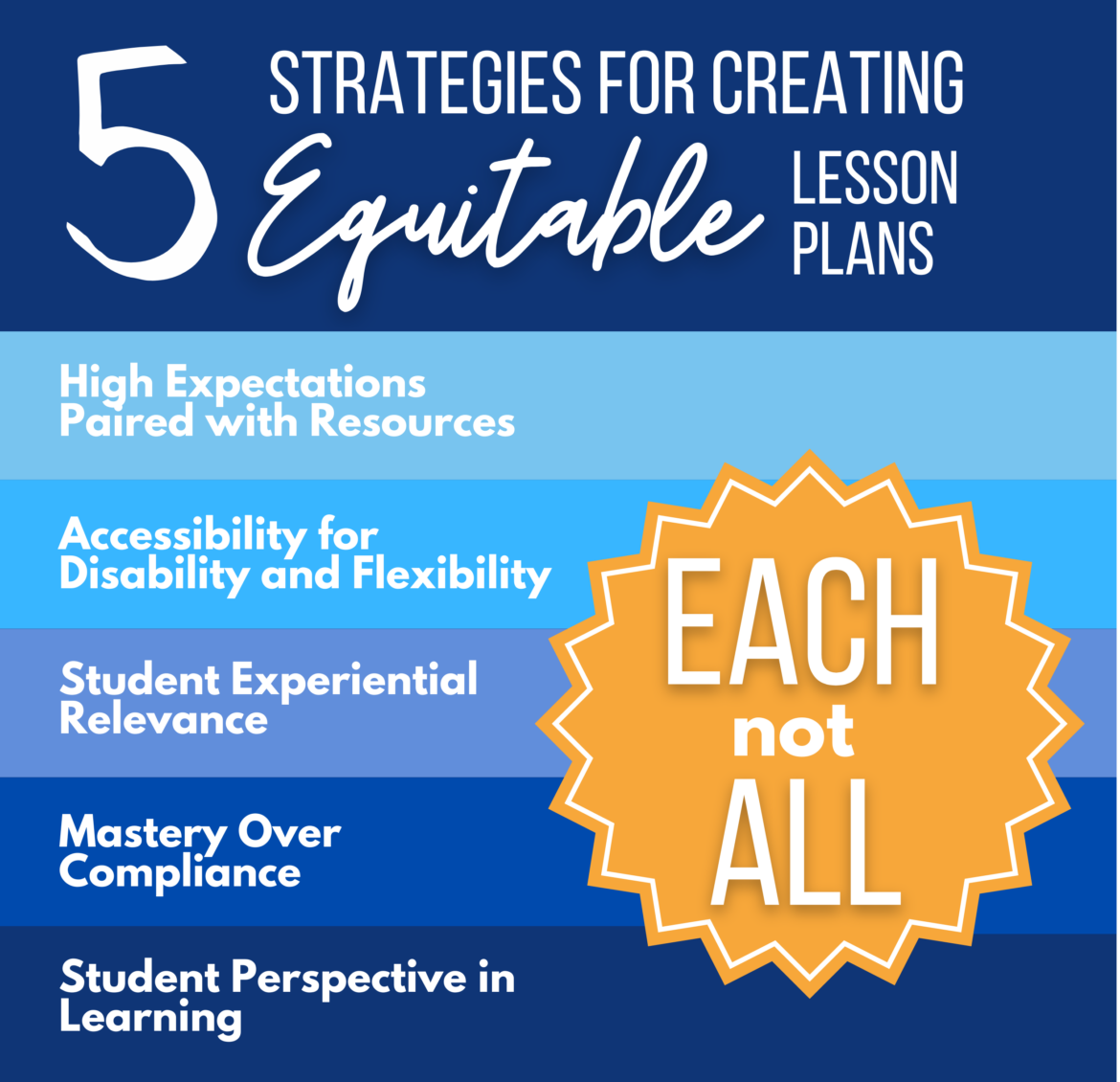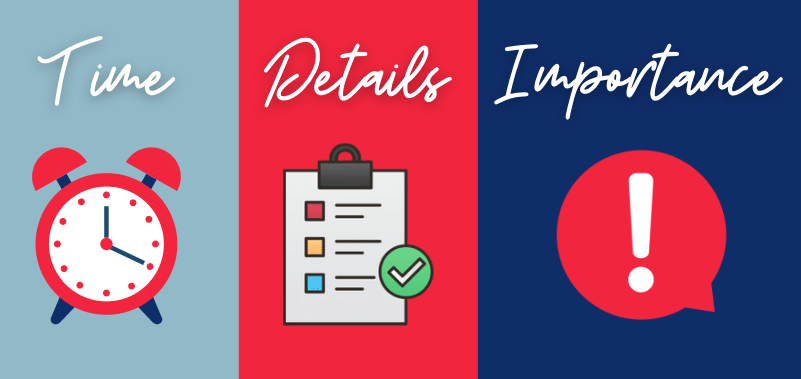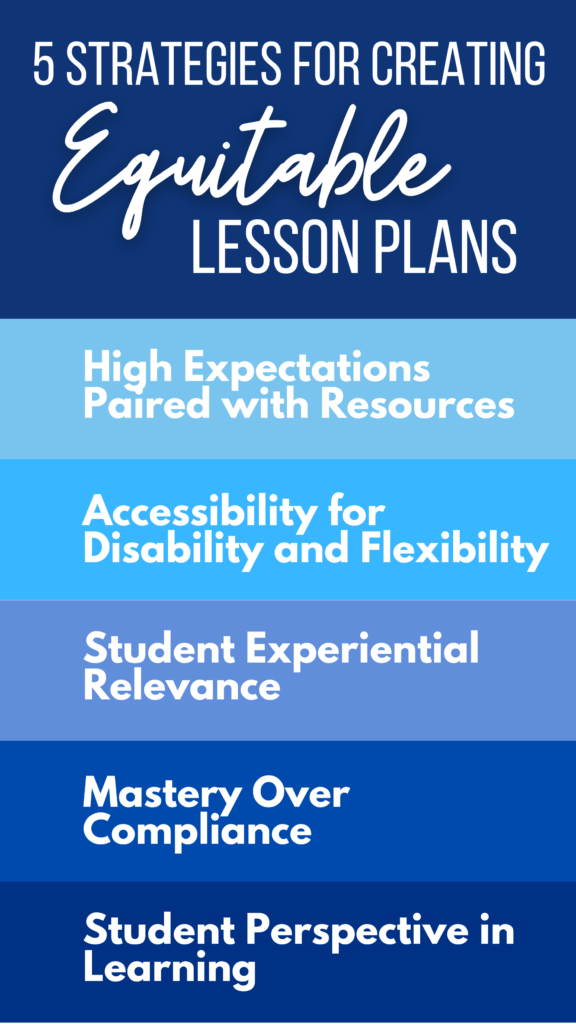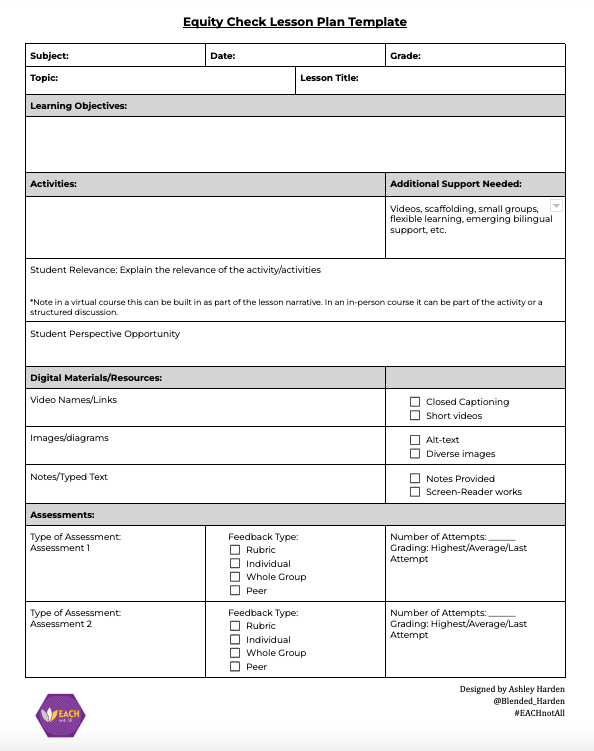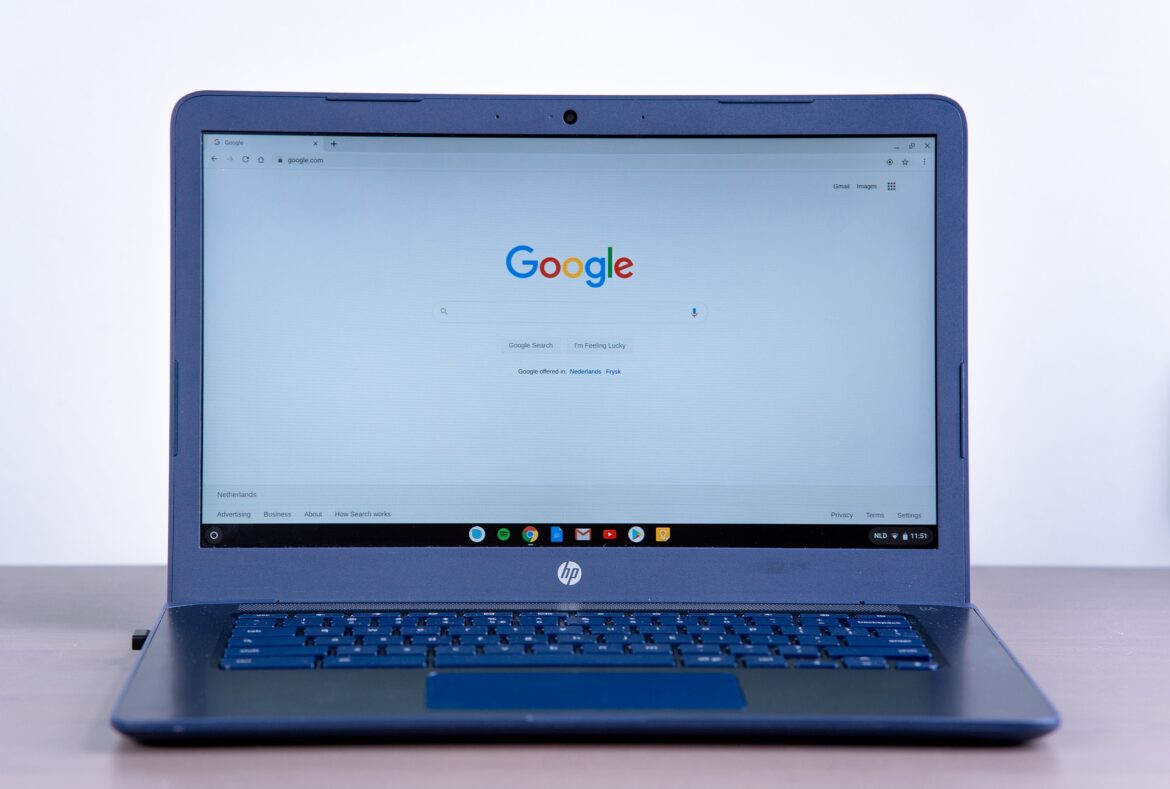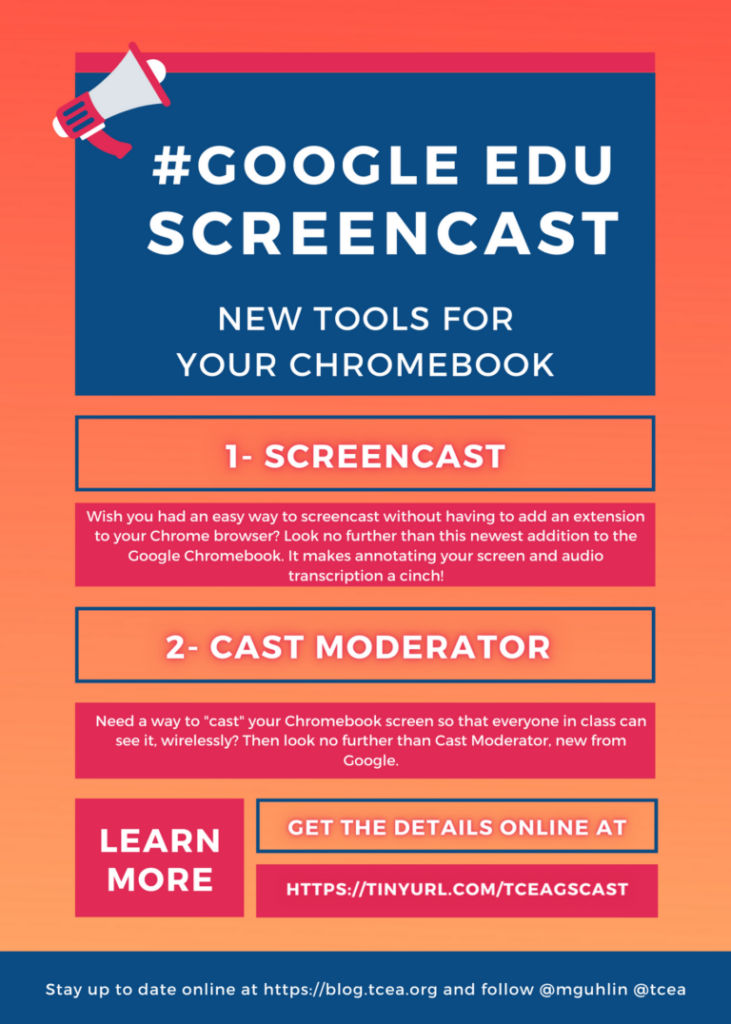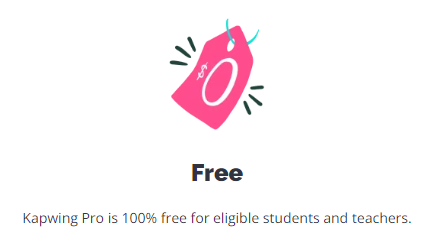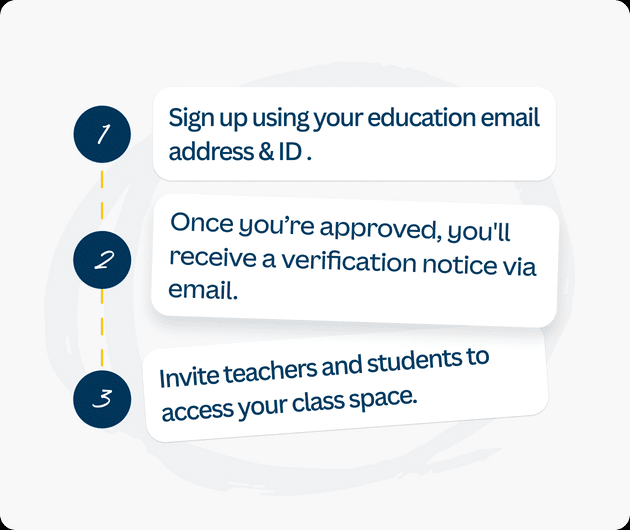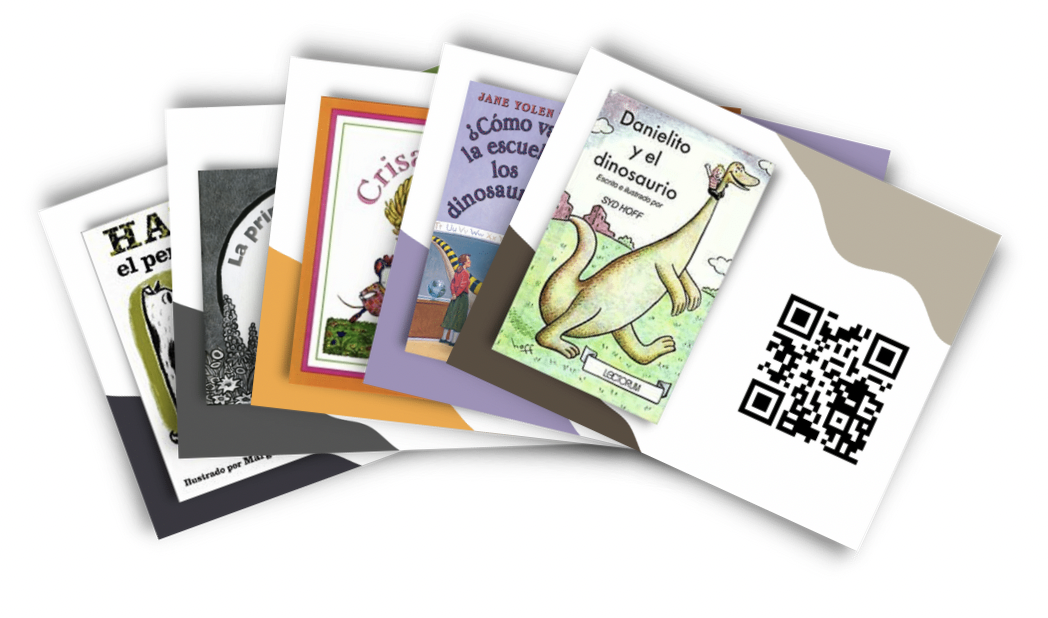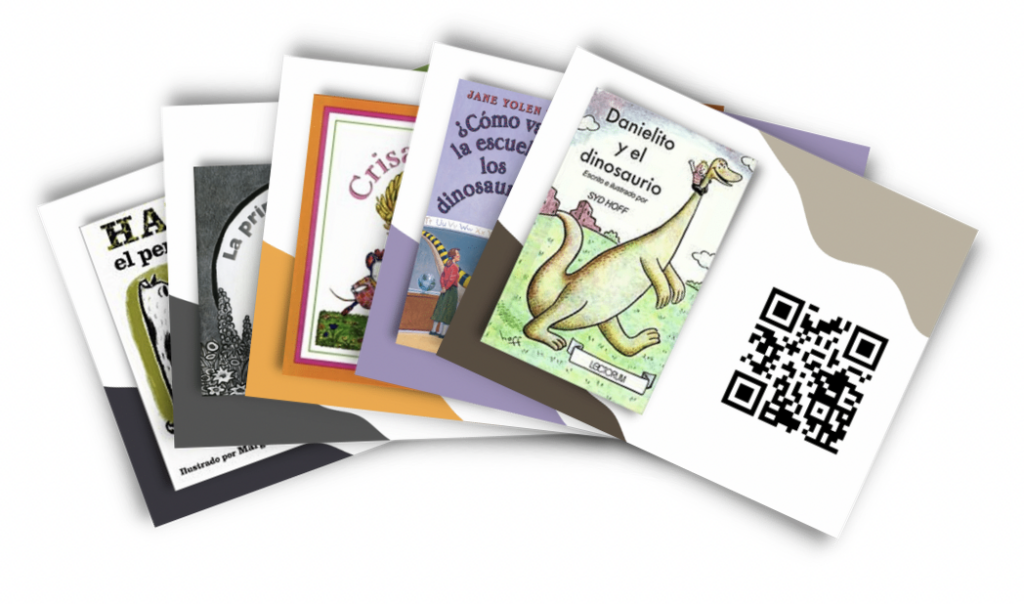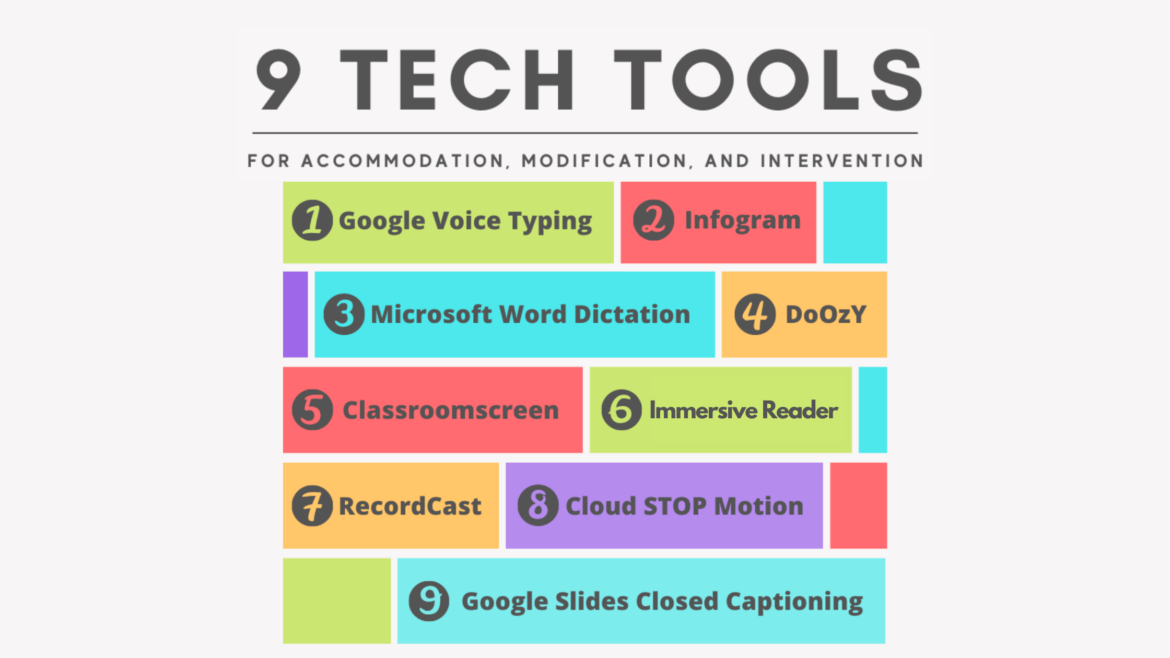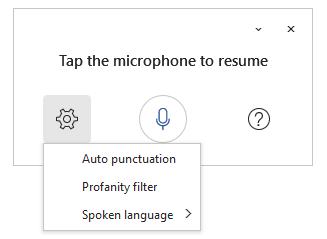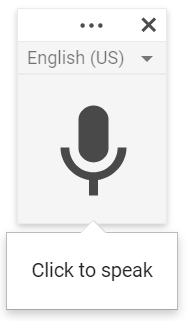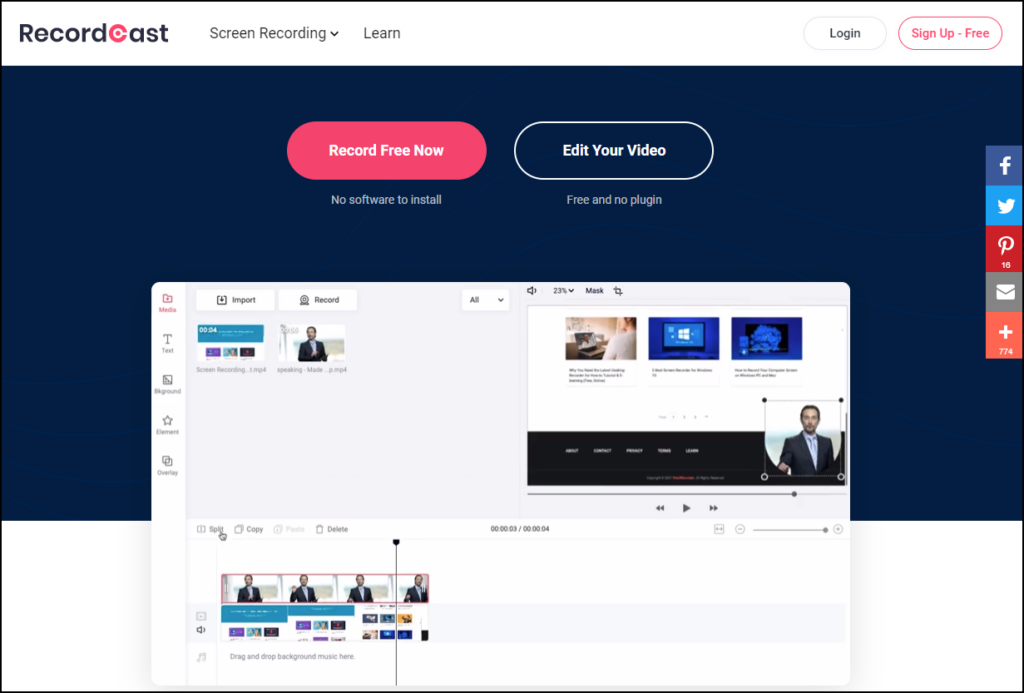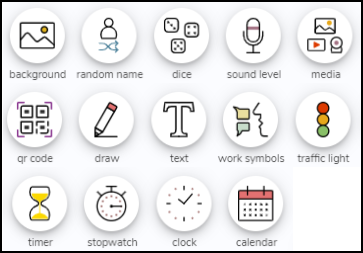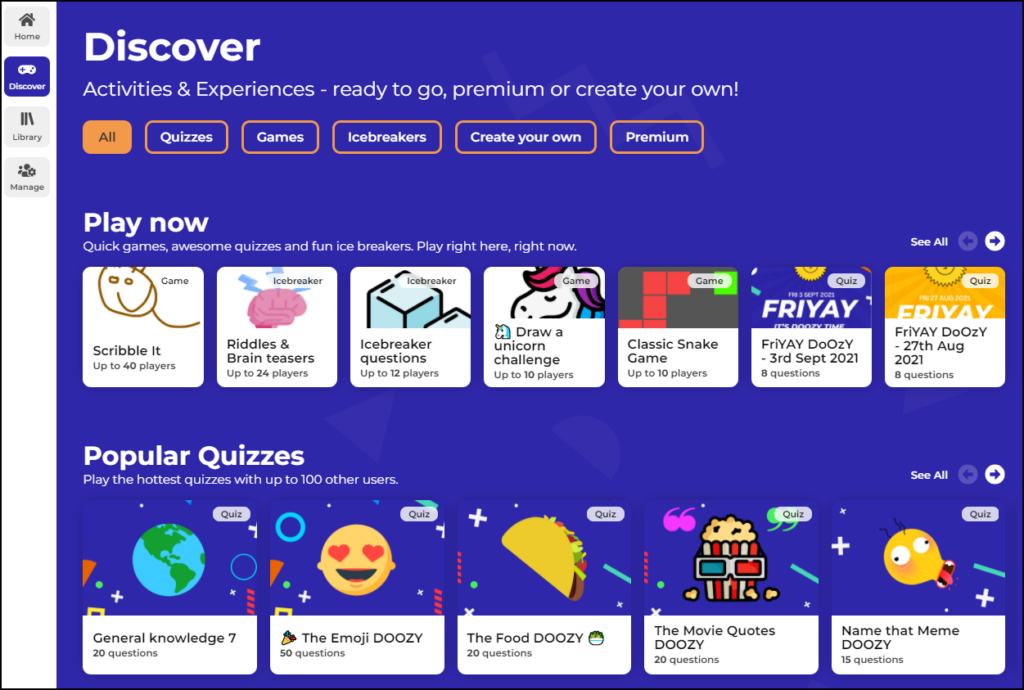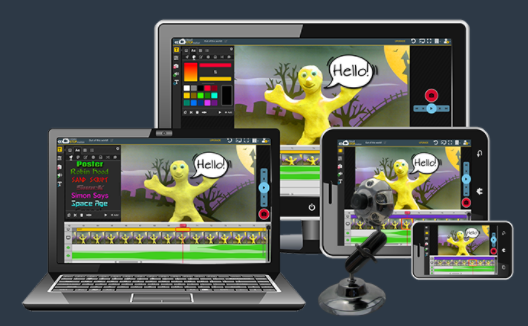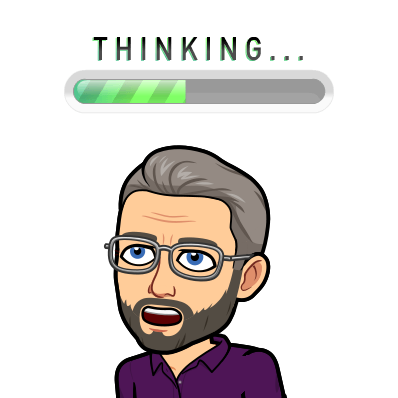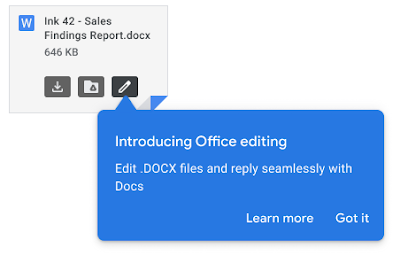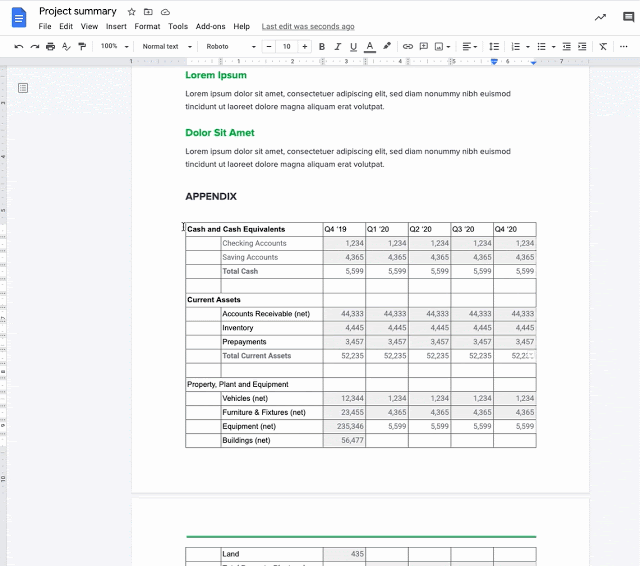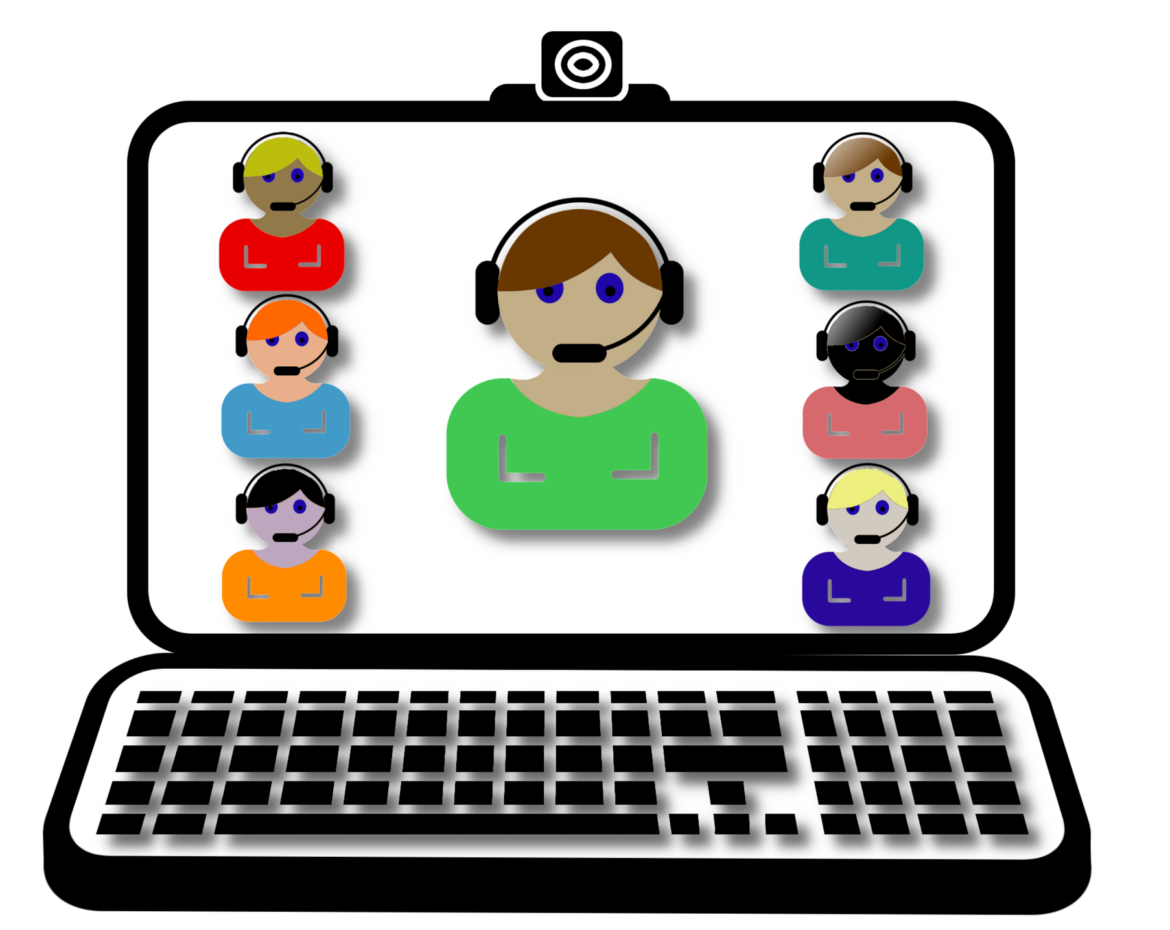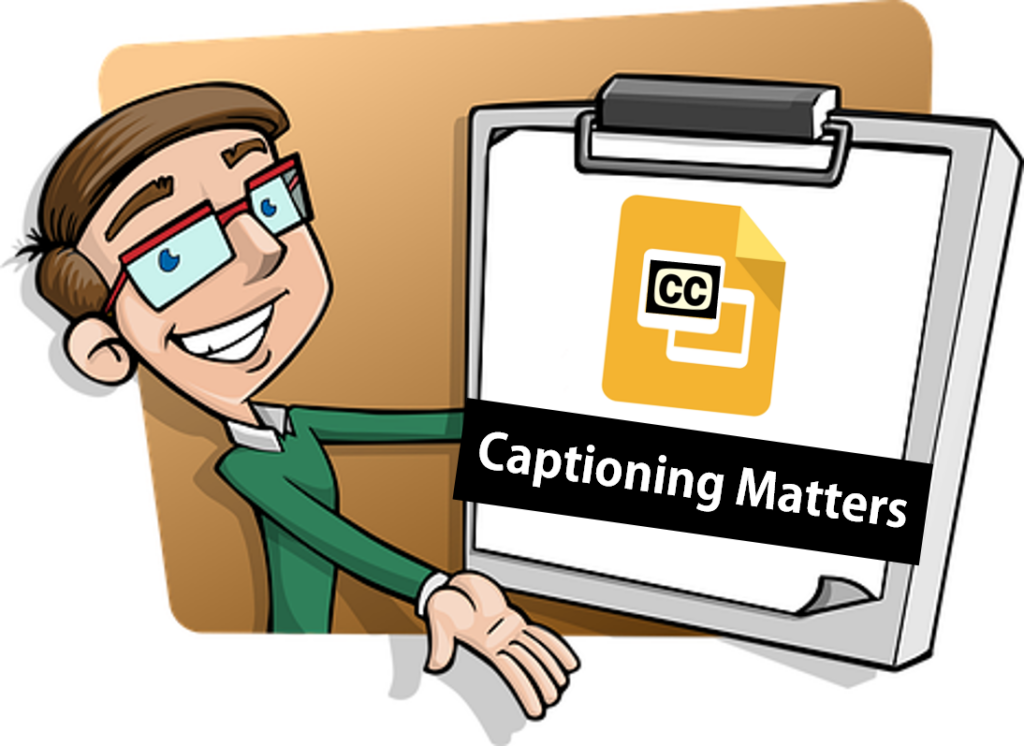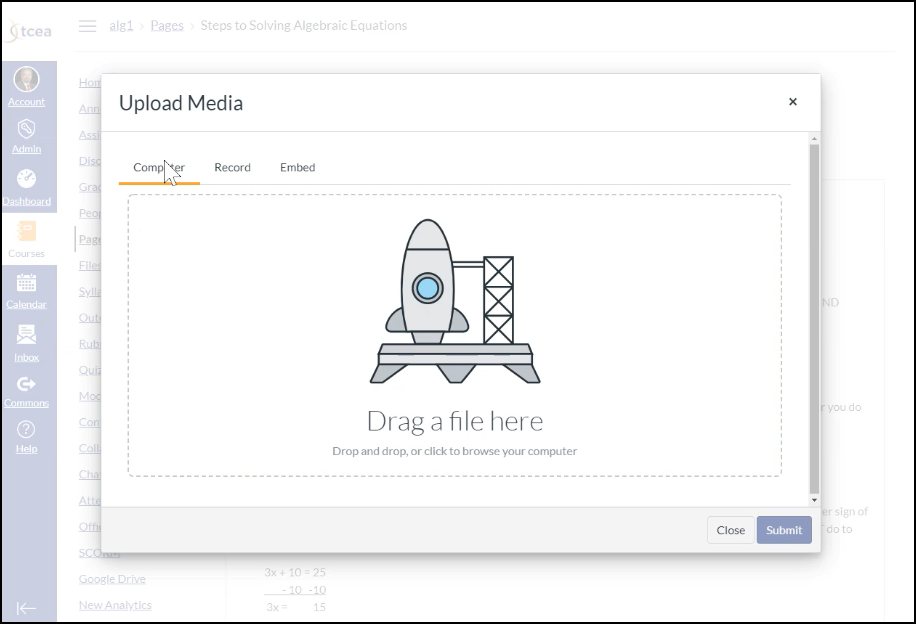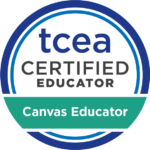*Updated 12/2/19
Last month, Google rolled out automated closed captions for Google Slides. Thanks to this exciting update, now when you present with Google Slides, you can turn on automatic captions to display your words in real time at the bottom of the screen.
The Advantages of Closed Captions
“Closed captioning in Slides can help audience members … who are deaf or hard of hearing, but it can also be useful for audience members without hearing loss who are listening in noisy auditoriums or rooms with poor sound settings,” G Suite Accessibility Software Engineers Laura D’Aquila and Abigail Klein wrote in a blog post about the update. “Closed captioning can also be a benefit when the presenter is speaking a non-native language or is not projecting their voice.”
Closed captioning can also be a game-changer for educators in the classroom. Closed captioning can help meet different students’ learning styles. It will also support your students who are second language learners. And of course, always providing access for students with disabilities is a must. Therefore, check out the steps below in order to use closed captions with your Slide presentations.
Steps for Using Closed Captions
Below are the steps for using closed captions with Google Slides:
Step 1: Set up your microphone
- Your microphone needs to be on and working in order to use captions with Google Slides.
Step 2: Present with captions
- Open your presentation in Google Slides. You must be using the Chrome browser on a Mac or PC.
- To start presenting, click Present.
- Click CC to turn on captions. You can also use the shortcut Ctrl + Shift + C in Windows or Chrome OS, or the Command key + Shift + C if you’re using a Mac.
- Begin speaking. As you speak, captions will appear at the bottom of the screen. Note that captions don’t include punctuation and are not stored.
- To turn off captions, click CC.
The captions are powered by machine learning. They are heavily influenced by the speaker’s accent, voice modulation, and intonation. Currently, Google Slides close captioning only supports English. However, Google hopes to expand the feature to be available in other languages soon.
Tips for Using Captions
Before you begin using closed captions, you might want to let your audience know beforehand. Google recommends asking your audience for their preference before enabling captions. Some people find them more distracting than helpful. It’s also worth noting that captions and your microphone automatically turn off if there’s no activity on your computer for 30 minutes.
Put simply, closed captions has many benefits for everyone. When presentations are accessible to learners of all abilities and learning styles, everybody wins. Give it try!
Update
In October of 2019, Google added the ability for users to personalize caption text size and position while presenting in Google Slides. These features can help make captions easier to read, like ensuring all audience members can view captions in a large room. Or, you could make your text smaller to maximize the number of words on screen at once.

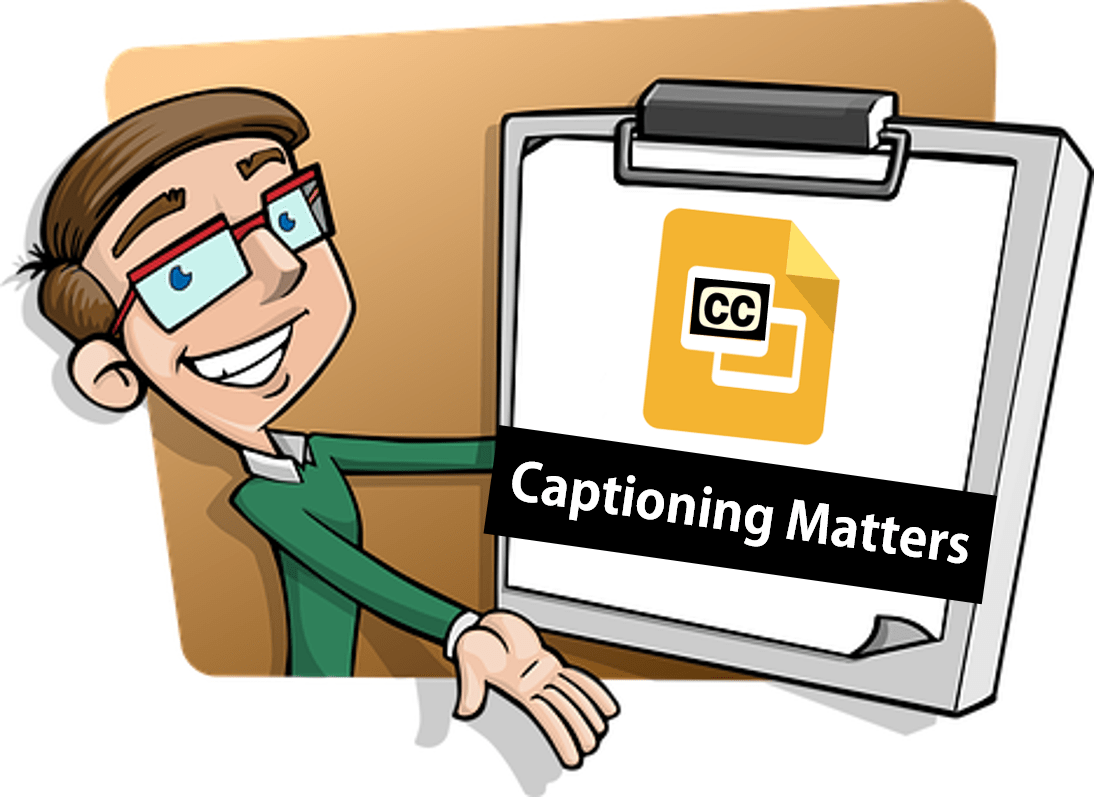

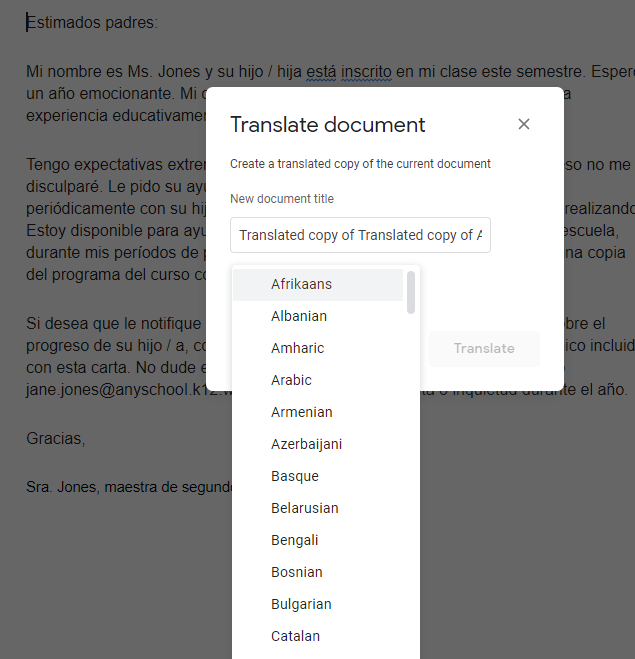
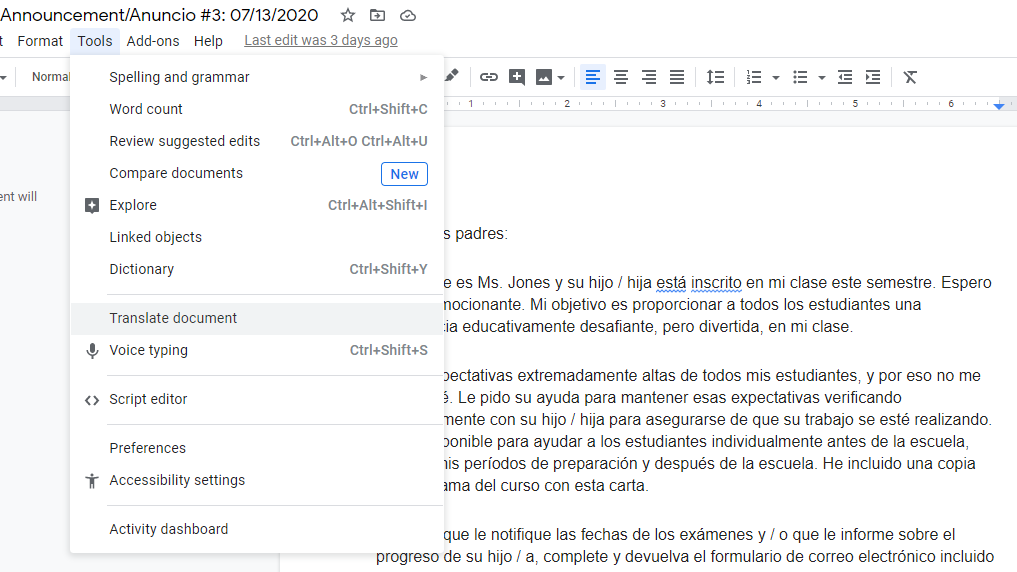
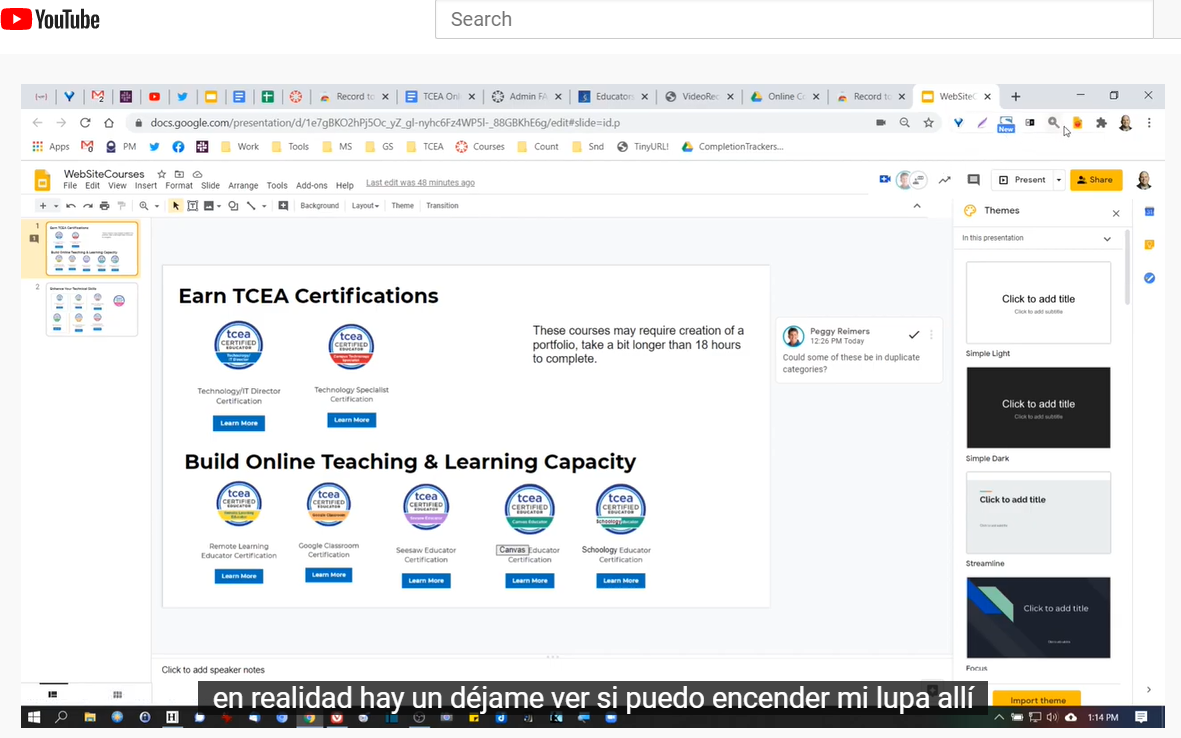
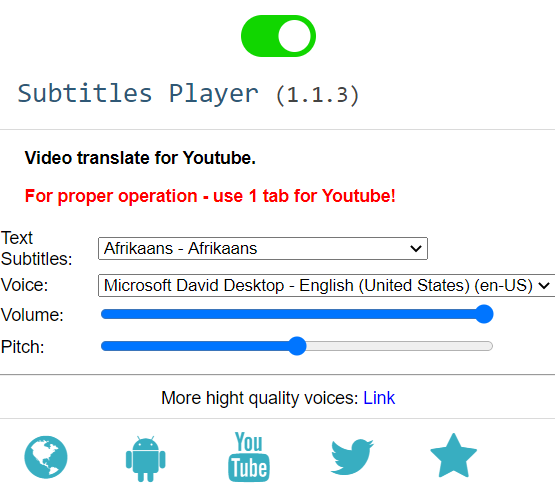 Subtitles player
Subtitles player
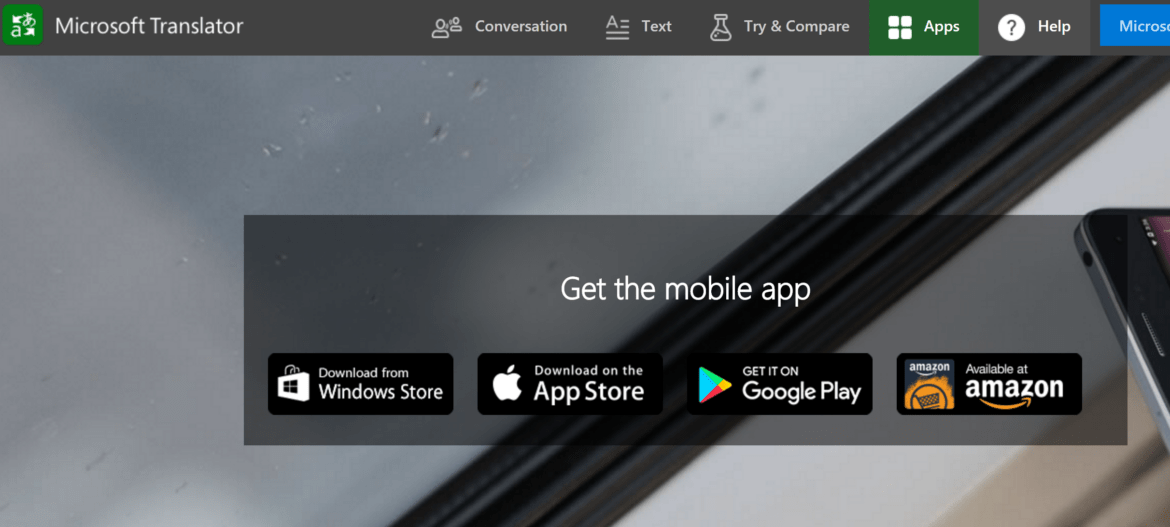
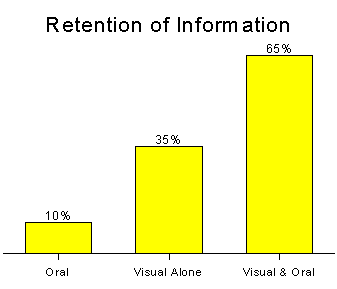 Captioning is required by law. Relevant law includes
Captioning is required by law. Relevant law includes 